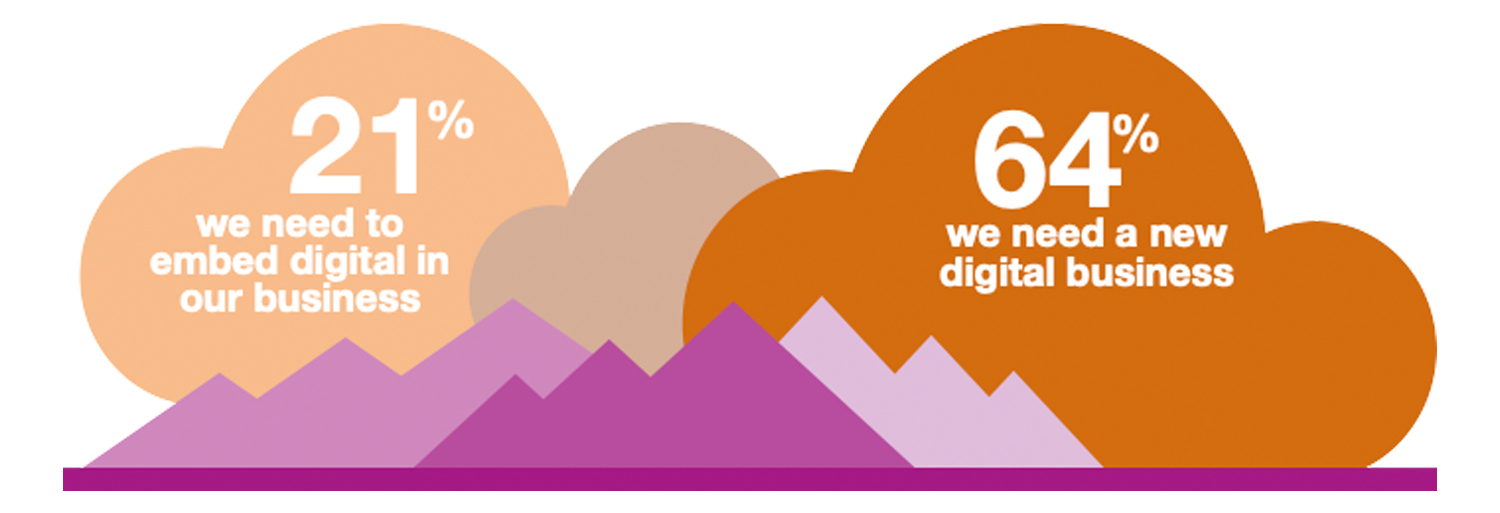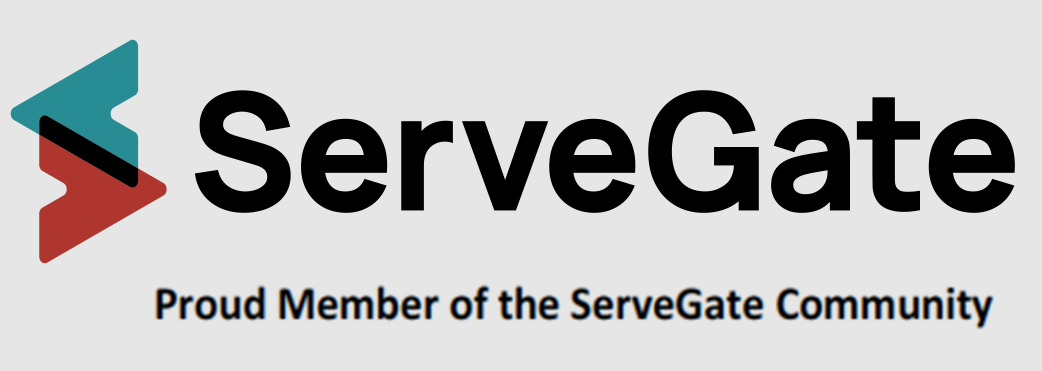Our Insights
The rush to digitise requires new skills.

The pandemic has magnified the need for new skills as organisations adapt to new ways of working with rolling lockdowns, travel bans and home offices. But if this is just catch-up to get back to somewhere near normal, then the organisation is just surviving not growing. Those dust clouds on the horizon are the advancing columns of competitors stealing talent, innovating fast and using technology to disrupt.
Many business leaders are left playing catch-up, eyes widening on their skills gap a key indicator of their fear of being left behind. Buying in talent appears less of an option. And the learning and development approaches that worked last decade might be considered ‘classical’ when compared to the challenges being faced.
There’s a need for a new and dynamic skills development strategy that’s relevant for fast-changing conditions.
Get a learning strategy fast.
Better trainers, better training delivery are not the full solution.
In the rush to innovate or even just retool learning and development within the organisation, most initiatives and attempts at new practices wrestle with getting traction because they lack the broader organisational structure and support needed for sustainable success.
Strategy. Structure. Support.
Research clearly indicates that the organisation’s learning strategy, structure and support have the greatest influence on an individual’s learning and development, and their impact on an organisation’s ability to grow.
Start with a strategy that trumpets the organisation’s purpose – why we need to learn. Highlight the plan and include a promotional campaign to win hearts and minds.
A critical foundation piece of your learning organisation will a structured approach.
To accelerate the speed at which your workforce becomes capable, hopefully faster than your competitors, you need a flexible framework that guides the development of digital learning content with the right balance of technology and pedagogy inputs to deliver the skills outcomes needed.
This is combined with facilities that create, push learning to employees at the point of need and measure outputs. Obviously, you will need finance to sustain your implementation efforts.
The most significant factor in learning and teaching effectiveness is the institutional support. For your organisation, that is building a learning culture. Peer-to-peer learning is powerful, so start with small skill-based communities of best practice inviting experts, practitioners, learners, researchers, coaches, academics and even customers to energise learning to meet your business goals.
Employees today are demanding access to dynamic, informal learning opportunities, often in the flow of work, that fit their individual needs and schedules.
Source: The new digital edge. McKinsey & Co May 2021.
